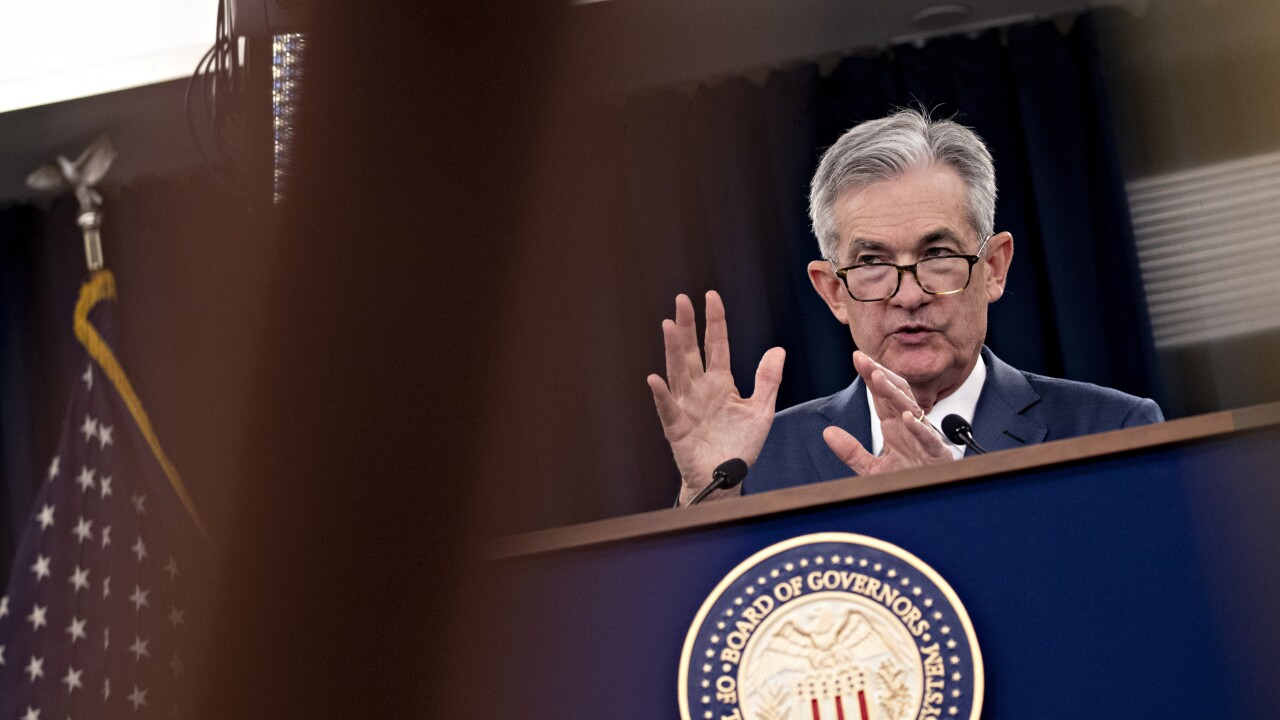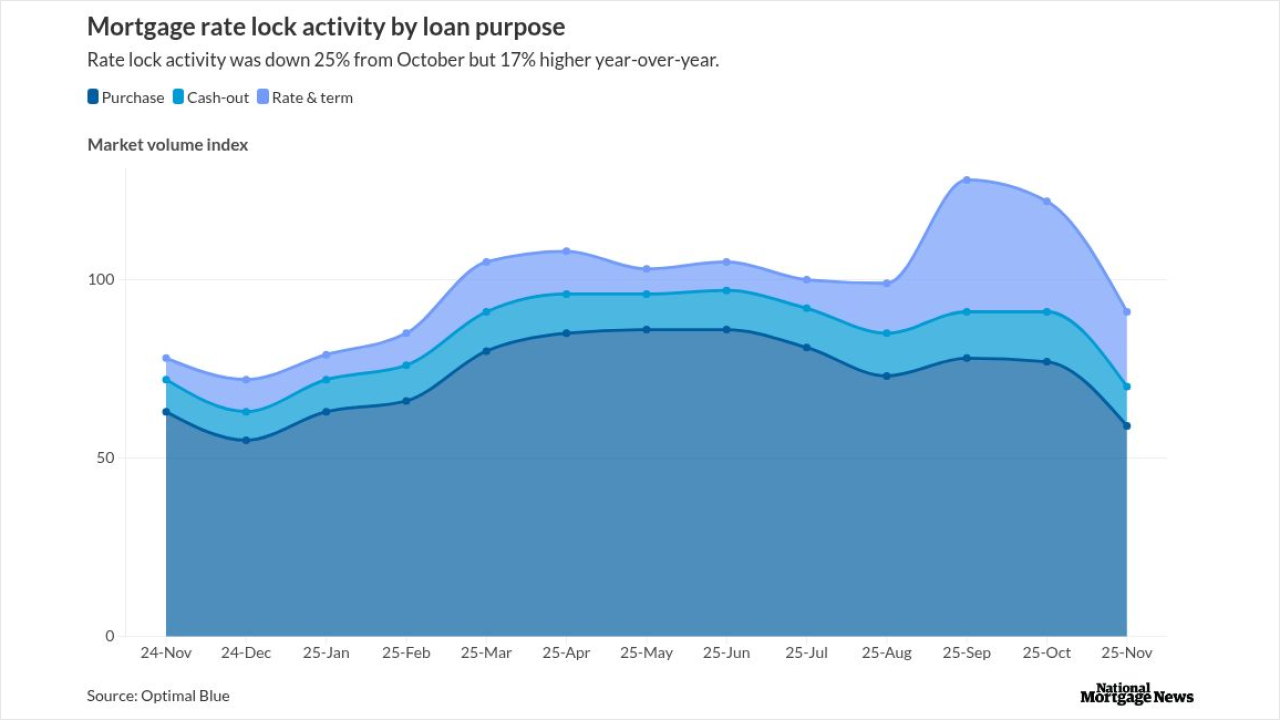Mortgage companies could soon find it easier to sell the many single-family loans with interest-rate buydowns into the Ginnie Mae market as it plans to soon exempt custom pools from a recently added restriction.
Ginnie, which guarantees securitizations of mortgages that other public entities back at the loan level, said it is updating temporary rules that went into effect last month that limit
The larger restriction, which Ginnie plans to keep in place for around six to nine months, was originally added to follow standards in the mainstay to-be-announced securities market. So exempting custom pools that are outside the TBA market was a practical flexibility to add.
"It makes sense that Ginnie Mae is doing this on the custom pools," said Ted Tozer, a fellow at the Urban Institute who previously served as president of the government guarantor.
The new exemption for custom pools takes effect June 16.
Issuer and securities industry perspectives on buydowns
Tozer said he's not working with Ginnie but based on his past experience with the government entity and the prevalence of buydowns in the current market, he expects the recently added limit has challenged small issuers and the exemption will be particularly helpful to them.
"This way they don't have to wait to accumulate a big enough pool where they can get their buydowns down to 10% of the total," he said.
Securities Industry and Financial Markets Association guidance places limits on buydowns included in TBA pools and has shown particular concern with "nonstandard" versions of them. Custom pool executions may differ and not be as strong as those in the TBA market.
The restrictions Ginnie added in May followed a late March meeting of SIFMA's TBA Guidelines Advisory Council for which the minutes show members discussed concern with the "prevalence" of certain buydowns and "gaps in the disclosure to the market" regarding them.
Ginnie's restrictions define buydowns as those "for which funds are provided to reduce the borrower's monthly payments during the early years of the mortgage," typically by "a builder or other property seller," according to its guide.
There also are other types of buydowns in the market, including some that reduce the rate for the life of the loan
Why buydowns have proliferated in the Ginnie market
Interest rate buydowns have become increasingly common in a housing market with long-running
Government loans in Ginnie securitizations tend to be mortgages made to borrowers with income constraints so buydowns have been particularly concentrated in that market.
Builders have been particularly active in the first-time homebuyer market where much government lending takes place. More than half of new construction sales went to FTHBs last year, according to a recent American Enterprise Institute report.
"This transformation has been driven by building smaller homes and offering financial tools like rate buydowns, while median lot sizes declined by 1,050 square feet, enabling greater affordability and access to starter homes," AEI said in the report.
Ginnie's other evolving restrictions
Ginnie also added a similar 10% limit for high balance loans last month.
"If a loan is both a buydown loan and a high balance loan, the loan will count against the 10% limit of each requirement," Ginnie said in a bulletin announcing the changes.
New guidance on atypical buydowns also is pending, according to the memorandum. Historically, SIFMA has defined nonstandard buydowns as those that exceed 2% of the loan value or continue for more than two years.
"Additional guidance will be provided that will apply buydown limits to only nonstandard buydowns as described by the Securities Industry and Financial Markets Association," Ginnie said.




